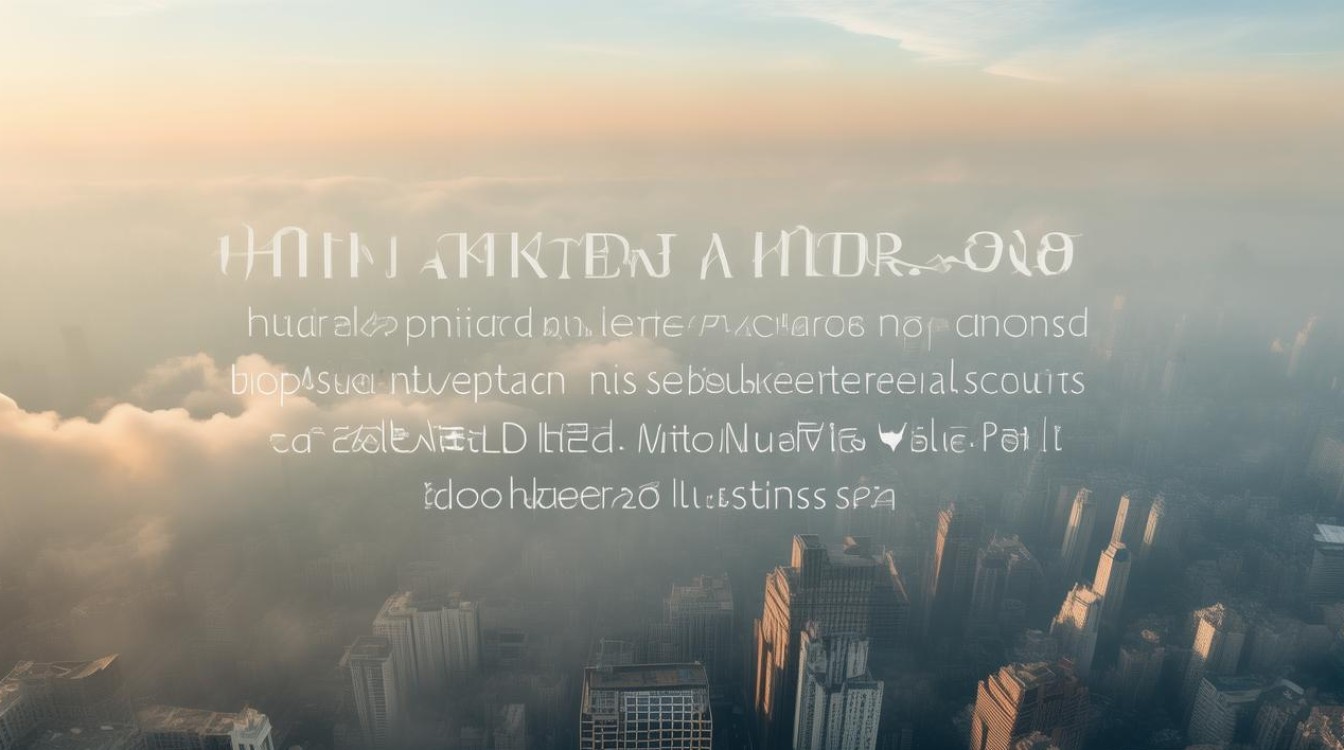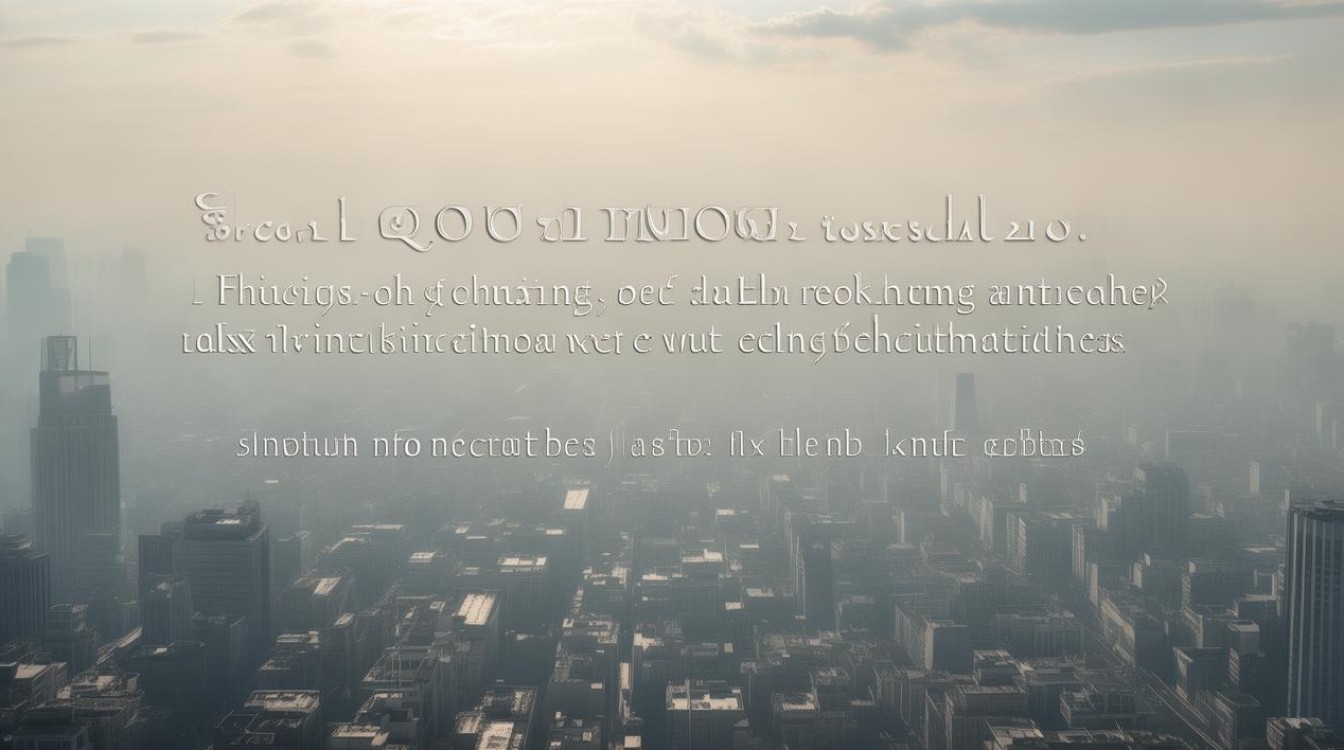When discussing air pollution, particularly in urban environments, the term "雾霾" (wù mái) frequently appears in Chinese media. Translating this concept into English requires more than a direct word-for-word substitution. To accurately describe hazy, polluted conditions, English employs a range of adjectives that capture different aspects of smog, particulate pollution, and reduced visibility.

Common English Adjectives for "雾霾"
Hazy
- Meaning: Describes air filled with fine particles, reducing clarity.
- Usage: "The city skyline was barely visible through the hazy air."
- Context: Often used for both natural fog and pollution-induced obscurity.
Smoggy
- Meaning: Directly linked to polluted air, combining "smoke" and "fog."
- Usage: "Beijing’s smoggy winters often prompt health warnings."
- Context: Strongly associated with industrial and vehicular emissions.
Polluted
- Meaning: Indicates contamination by harmful substances.
- Usage: "The polluted atmosphere made breathing difficult."
- Context: A broad term but effective when discussing air quality.
Murky
- Meaning: Suggests darkness and lack of transparency.
- Usage: "The murky haze obscured the sun by midday."
- Context: Evokes a thicker, dirtier form of haze.
Grimy
- Meaning: Implies dirt and grime suspended in the air.
- Usage: "A grimy layer settled on windows after days of smog."
- Context: More tactile, describing residue from pollution.
Opaque
- Meaning: Indicates air so dense that light cannot pass through easily.
- Usage: "The morning fog was so opaque that drivers used headlights at noon."
- Context: Emphasizes extreme lack of visibility.
Choked
- Meaning: Suggests air saturated with pollutants, making breathing hard.
- Usage: "The streets were choked with thick, yellowish smog."
- Context: Often used in alarming reports about severe pollution.
Sulfurous
- Meaning: Describes air with a high sulfur content, often smelling like rotten eggs.
- Usage: "A sulfurous haze lingered near the industrial zone."
- Context: Specific to certain types of industrial pollution.
Acrid
- Meaning: Refers to a sharp, burning smell in the air.
- Usage: "The acrid smoke from wildfires worsened the haze."
- Context: Often tied to burning chemicals or wildfires.
Pea-souper (Colloquial)
- Meaning: An old British term for extremely thick smog.
- Usage: "London’s pea-souper fogs in the 1950s were infamous."
- Context: Mostly historical but vivid for describing severe haze.
Choosing the Right Adjective
Selecting the appropriate term depends on the context:
- General descriptions: Hazy, smoggy, polluted work well for everyday use.
- Severe pollution: Choked, grimy, opaque emphasize danger and density.
- Sensory descriptions: Acrid, sulfurous focus on smell and irritation.
Why Accurate Descriptions Matter
Clear communication about air quality helps raise awareness. Mislabeling "雾霾" as just "fog" understates the health risks. English media often uses smoggy or polluted to stress the human-caused nature of the problem. Scientific reports may prefer particulate-laden or PM2.5-saturated for precision.

Cultural and Linguistic Nuances
Different English-speaking regions have varying terms:
- U.S. & UK: Smoggy is widely understood.
- Australia: Bushfire haze may be used during wildfires.
- India: Polluted or toxic air appear frequently in reports.
Travel advisories and health alerts rely on these distinctions. A hazy day might require caution, while choked air demands immediate action.

Final Thoughts
Describing "雾霾" in English isn’t just about translation—it’s about conveying the right degree of severity and impact. Whether writing an article, a health warning, or a travel guide, choosing the most fitting adjective ensures clarity and urgency. Next time you see a blurred skyline, consider whether it’s merely hazy or dangerously smoggy. The right word makes all the difference.

